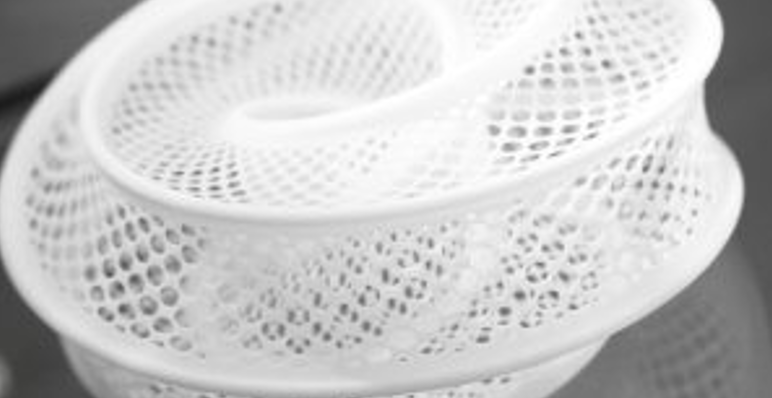How to Design and Optimize Parts for DMLS

Direct metal laser sintering (DMLS) is a testament to the capabilities of 3D printing in creating strong and durable metal parts. Utilized by various industries like aerospace, automotive, and healthcare, DMLS efficiently manufactures customized metal parts and prototypes. It is especially useful for intricate shapes that require part consolidation or weight reduction. DMLS can also process a variety of materials, such as titanium, aluminum, tool steel, copper, and stainless steel.
But when it comes to designing for DMLS, there are specific considerations to ensure quality, dimensional accuracy, and optimal surface finish. While these guidelines often depend on laser parameters and material type, adhering to geometric recommendations usually leads to high-quality results. Below are some practical tips for designing and optimizing parts with direct metal laser sintering.
Maintaining appropriate wall thickness
To increase the likelihood of successful DMLS printing, aim for a minimum wall thickness of 0.4 mm. Although thinner walls are possible, make sure to consult the printer’s parameters, material choice, and part orientation to verify the feasibility.
Determining pin diameter and hole size
A minimum pin diameter of 1 mm is recommended to maintain sharp contours. For hole dimensions, a range of 0.5 mm to 6 mm minimizes the need for added support. If the holes range from 6 mm to 10 mm, their orientation will play a role in the quality of the output. Holes larger than 10 mm will usually require support structures.
Incorporate escape holes in hollow designs.
If your design includes hollowed-out metal components, ensure you include escape holes ranging from 2 mm to 5 mm to facilitate the removal of excess powder.
Consider post-processing steps
Direct metal laser sintering often requires the use of support structures, especially for overhanging sections, due to the weight of the metal. These supports are usually removed after printing. Additionally, post-processing steps may be needed to meet specific tolerances, particularly when dealing with holes and threads.
Managing unsupported edges
If your design incorporates overhanging surfaces in a cantilever style, limit their length to 0.5 mm. For horizontal overhangs that are supported on both ends, a maximum length of 1 mm is advised. These guidelines should also be applied to features like engravings and embossments that include unsupported surfaces.
Need more advice?
For those looking to further optimize their part designs for direct metal laser sintering, HLH Prototypes is here to assist. Reach out today to receive a free project review and quote.
